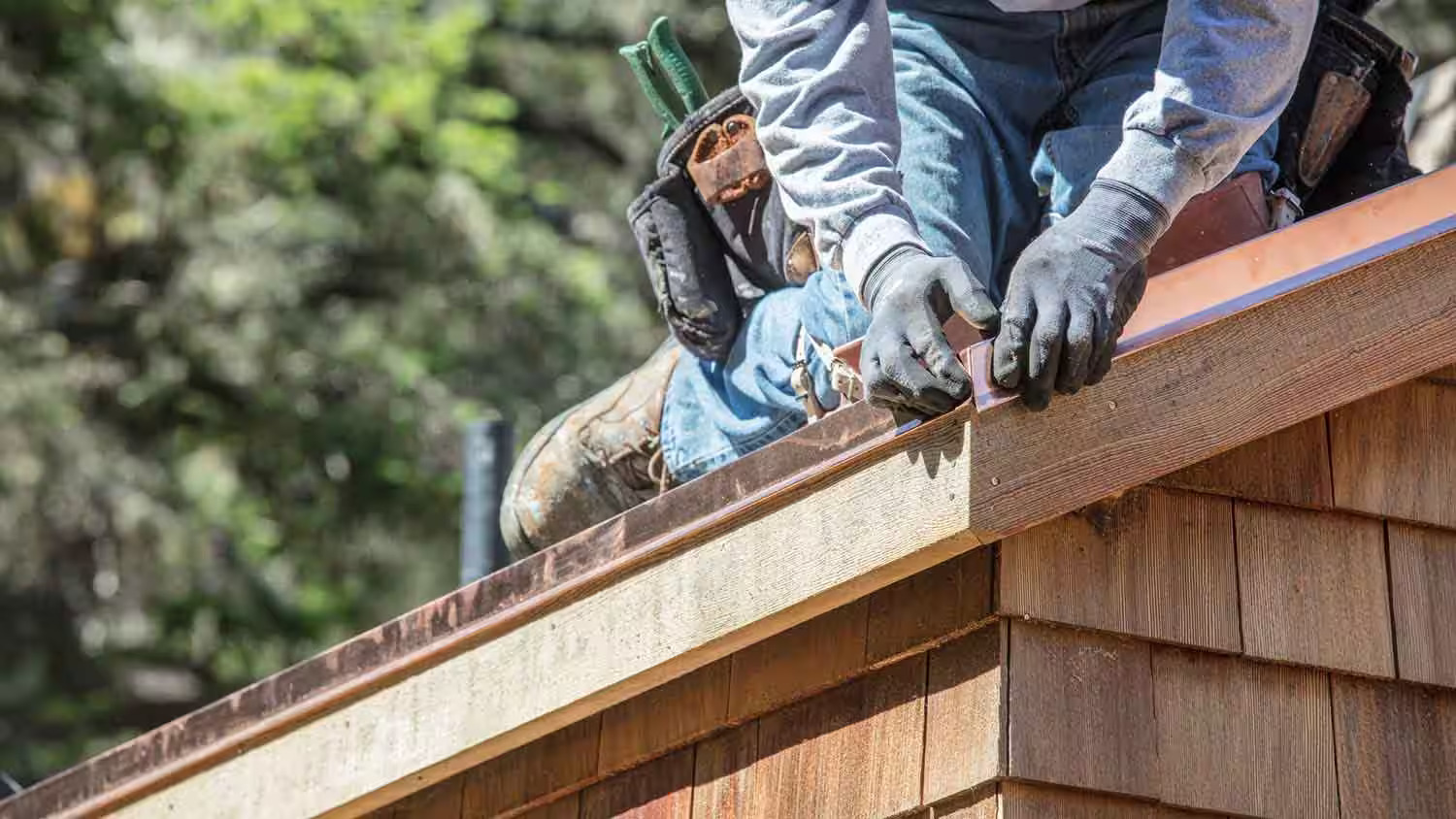Roof flashing is a vital part of any roofing system, acting as a barrier to prevent water from seeping into vulnerable areas of your roof. Choosing the right flashing material can make a big difference in the durability and performance of your roof.
Aluminum Flashing
Benefits:
-
Lightweight and easy to work with
-
Resistant to rust and corrosion
-
Affordable and widely available
Best For: Homes in areas with mild to moderate weather conditions. Aluminum can be painted to match the roof, offering both functionality and aesthetic appeal.
Considerations: Aluminum is prone to cracking under extreme temperature changes and may require a protective coating if installed in areas with high salinity, such as coastal regions.
Galvanized Steel Flashing
Benefits:
-
Durable and strong
-
Resistant to rust (thanks to a zinc coating)
-
Cost-effective option
Best For: Roofs in regions with heavy rainfall or snow, where extra durability is needed to withstand harsh weather.
Considerations: Over time, the zinc coating can wear off, leading to rust. Regular maintenance can help extend its lifespan.

Copper Flashing
Benefits:
-
Highly durable and long-lasting
-
Resistant to corrosion
-
Develops an attractive patina over time
Best For: High-end or historic homes where aesthetics and durability are priorities. Copper is often used around chimneys and dormers for its upscale appearance.
Considerations: Copper is one of the most expensive flashing materials. Its high cost may not be suitable for all budgets.
Lead Flashing
Benefits:
-
Extremely malleable and easy to shape
-
Long lifespan
-
Excellent resistance to weather and UV rays
Best For: Custom installations, especially around complex or irregular roof features. Lead flashing is commonly used in older homes.
Considerations: Lead is a heavy material and can be toxic if not handled properly. It’s less commonly used in modern builds due to environmental concerns.
Rubber or Plastic Flashing
Benefits:
-
Lightweight and flexible
-
Resistant to UV rays and cracking
-
Inexpensive
Best For: Temporary repairs or as an alternative in low-budget projects. Rubber flashing works well around vent pipes and other penetrations.
Considerations: These materials may not last as long as metal options and are not ideal for areas with extreme weather conditions.
How to Choose the Right Material
When selecting roof flashing materials, consider factors like your local climate, roof type, and budget. It’s always a good idea to consult with a roofing professional to determine the best option for your home.
Let Aces Roofing Help Protect Your Home
At Aces Roofing, we specialize in installing and maintaining roof flashing that stands the test of time. Serving the Comox Valley and surrounding areas, our experienced team can help you choose the ideal materials for your roof. Contact us today to schedule a consultation and ensure your home is protected against water damage.
